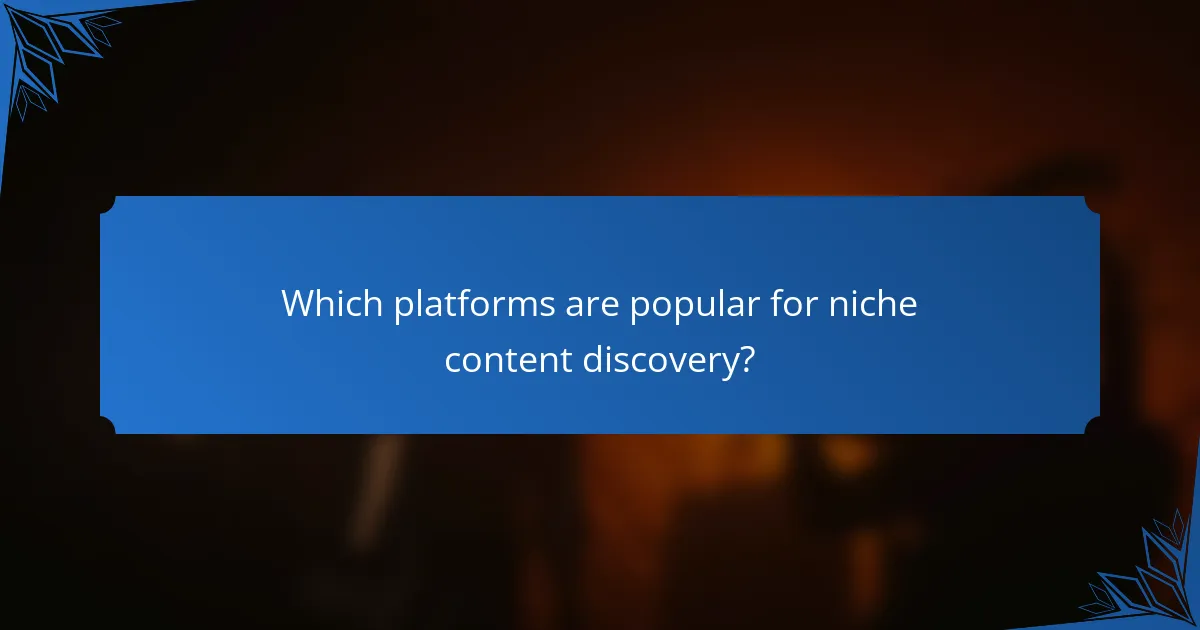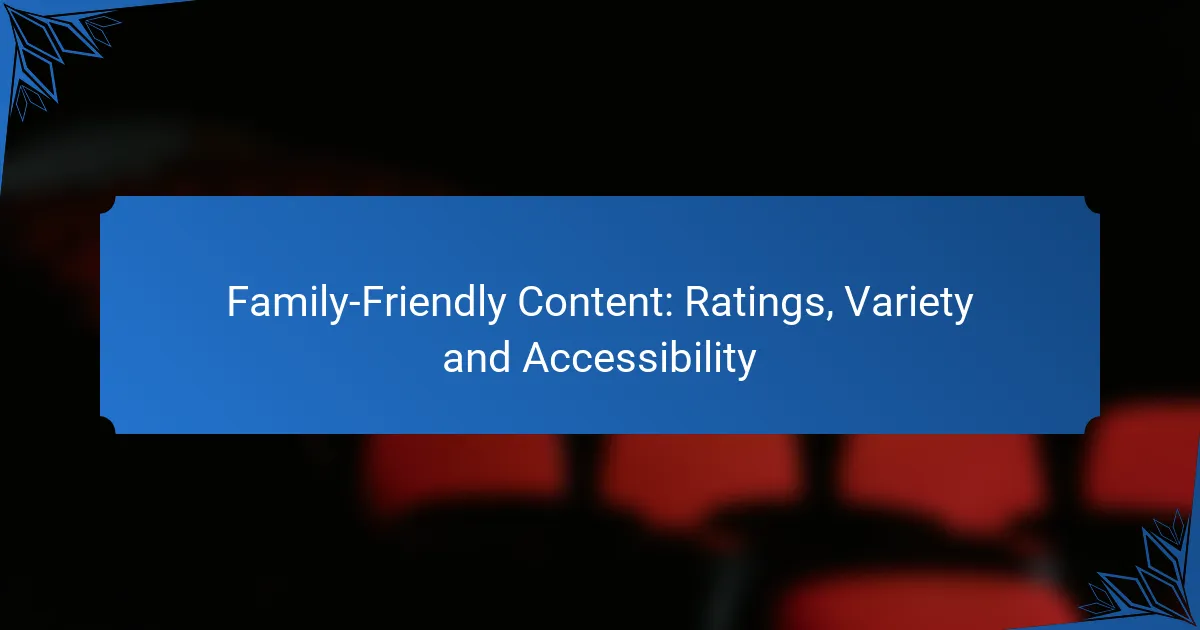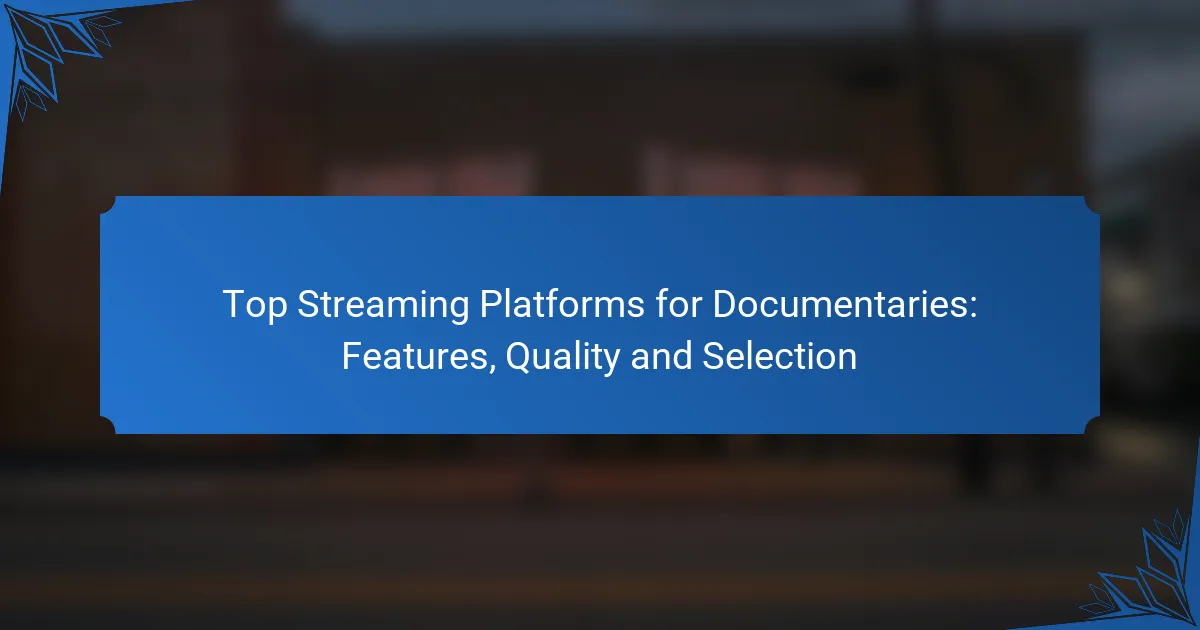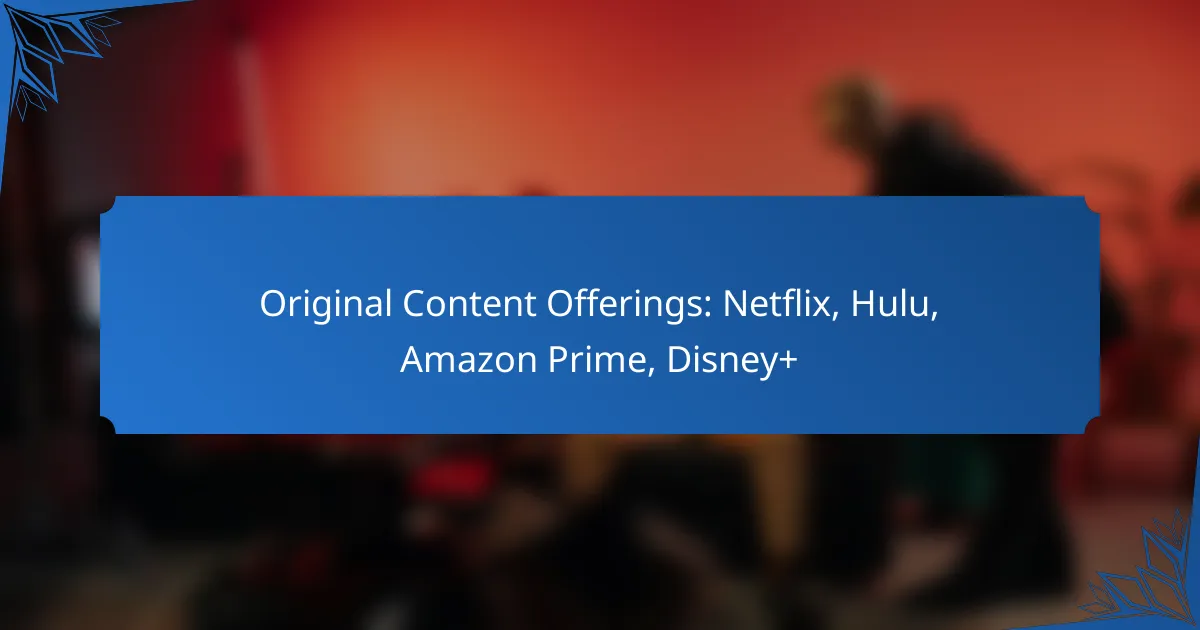Niche content discovery has become increasingly important for users seeking specialized information across various interests. Popular platforms and search tools enhance this process by enabling the exploration of unique articles, discussions, and visual content tailored to specific audiences. By understanding audience preferences and utilizing targeted keywords, creators can effectively curate content that resonates and engages.

Which platforms are popular for niche content discovery?
Several platforms are widely recognized for discovering niche content, each catering to different interests and audiences. These platforms facilitate the exploration of specialized topics, allowing users to find unique articles, discussions, and visual content tailored to their preferences.
Medium
Medium is a popular platform for writers and readers interested in diverse topics, including niche content. Users can follow specific tags related to their interests, making it easier to discover articles that resonate with them. The platform’s clean interface and community engagement encourage discussions and sharing of ideas.
To maximize your experience on Medium, consider following authors and publications that align with your niche. Engaging with comments and sharing your insights can also enhance your visibility within the community.
Substack
Substack allows writers to create newsletters focused on niche topics, providing a direct line of communication with subscribers. This platform is ideal for discovering in-depth analysis and unique perspectives on specialized subjects. Users can subscribe to newsletters that pique their interest, often receiving exclusive content directly in their inbox.
When using Substack, look for newsletters that offer free trials or sample editions to gauge the quality before committing. Supporting writers through subscriptions can also foster a richer content ecosystem.
Quora
Quora is a question-and-answer platform where users can ask about niche topics and receive answers from experts and enthusiasts. This interactive format allows for the discovery of diverse viewpoints and in-depth discussions on specific subjects. Users can follow topics to receive updates on new questions and answers.
To effectively use Quora for niche content, consider asking specific questions that may attract knowledgeable responses. Engaging with answers through comments can also lead to further insights and connections within your area of interest.
Pinterest is a visual discovery platform that excels in showcasing niche content through images and infographics. Users can search for specific interests and save pins to boards, creating a personalized collection of ideas and inspiration. This platform is particularly useful for creative niches such as DIY, fashion, and food.
To make the most of Pinterest, use specific keywords in your searches and create boards that reflect your interests. Engaging with other users by repinning or commenting can also enhance your experience and broaden your discovery of niche content.
Reddit is a vast network of communities, known as subreddits, where users can discuss niche topics ranging from hobbies to professional interests. Each subreddit operates as a forum dedicated to a specific subject, allowing for deep dives into various areas of interest. Users can upvote content, helping the best posts rise to the top.
To effectively navigate Reddit for niche content, subscribe to relevant subreddits and participate in discussions. Be mindful of each community’s rules and culture to ensure a positive experience and meaningful engagement.

How can search tools enhance niche content discovery?
Search tools significantly improve niche content discovery by providing insights into trending topics, audience interests, and relevant keywords. They help users identify what content resonates with specific audiences, allowing for more targeted and effective content creation.
Google Trends
Google Trends is a powerful tool that shows the popularity of search queries over time. By analyzing search volume data, users can identify rising topics and seasonal trends relevant to their niche. This insight helps in crafting timely content that aligns with current interests.
To use Google Trends effectively, focus on specific keywords related to your niche. Compare multiple terms to see which ones have higher search interest, and explore related queries for additional content ideas. Remember to consider geographic data to tailor content for local audiences.
BuzzSumo
BuzzSumo specializes in content analysis, allowing users to discover the most shared content across social media platforms. By entering a keyword or topic, users can find articles that have garnered significant engagement, providing inspiration for their own content strategies.
Utilize BuzzSumo to identify key influencers in your niche. Engaging with these influencers can amplify your content’s reach. Additionally, pay attention to the types of content that perform well, whether they are listicles, how-tos, or infographics, to inform your own content creation.
AnswerThePublic
AnswerThePublic is a unique tool that visualizes search questions and phrases related to a specific keyword. It generates a comprehensive list of queries that potential readers are asking, which can guide content development to address audience needs directly.
When using AnswerThePublic, focus on the questions that align closely with your niche. This approach can help you create content that answers specific queries, increasing the likelihood of attracting organic traffic. Regularly revisiting the tool can keep your content relevant as audience interests evolve.

What are the best practices for using niche content discovery tools?
To effectively use niche content discovery tools, focus on understanding your audience and leveraging targeted keywords. This approach maximizes the relevance and impact of the content you curate or create.
Keyword research
Keyword research is essential for identifying the terms and phrases your target audience uses when searching for content. Utilize tools like Google Keyword Planner or SEMrush to discover relevant keywords and their search volumes.
Consider long-tail keywords, which are typically more specific and less competitive, making it easier to rank in search results. Aim for keywords with moderate search volumes and low competition to improve your chances of visibility.
Audience targeting
Understanding your audience is crucial for effective content discovery. Create detailed audience personas that outline demographics, interests, and pain points to tailor your content strategy accordingly.
Utilize analytics tools to track audience behavior and preferences. This data can guide your content creation, ensuring it resonates with your intended audience and meets their needs.
Content curation
Content curation involves gathering and organizing relevant content from various sources to share with your audience. Use tools like Feedly or Pocket to streamline the curation process and keep track of valuable content.
When curating, ensure you provide context and commentary to add value. This not only enhances your authority but also encourages engagement from your audience. Aim to share a mix of original and curated content to maintain a balanced content strategy.

What criteria should be considered when selecting a niche content platform?
When selecting a niche content platform, consider user engagement metrics, content format variety, and monetization options. These criteria help identify platforms that not only reach your target audience effectively but also support your content strategy and revenue goals.
User engagement metrics
User engagement metrics are essential for evaluating how well a platform connects with its audience. Look for indicators such as average session duration, bounce rates, and interaction rates, which can provide insights into user interest and retention.
Platforms with high engagement metrics typically indicate a loyal audience, making them more attractive for niche content creators. For instance, a platform where users spend several minutes per visit may offer better opportunities for deeper content exploration and community building.
Content format variety
Content format variety refers to the types of media supported by a platform, such as articles, videos, podcasts, and infographics. A platform that accommodates multiple formats allows creators to diversify their content and appeal to different audience preferences.
For example, if a niche platform supports both written articles and video content, creators can repurpose their material to reach wider audiences. This flexibility can enhance engagement and improve overall content performance.
Monetization options
Monetization options are crucial for content creators looking to generate income from their work. Evaluate the various revenue streams a platform offers, such as ad placements, subscription models, or affiliate marketing opportunities.
Some platforms may provide direct payment for content or allow creators to sell products. Understanding these options helps you choose a platform that aligns with your financial goals and content strategy, ensuring sustainable growth in your niche.

How does niche content discovery impact display advertising?
Niche content discovery significantly enhances display advertising by enabling advertisers to connect with specific audiences more effectively. By leveraging targeted strategies, advertisers can ensure their ads reach users who are genuinely interested in their offerings, leading to higher engagement and conversion rates.
Targeted audience reach
Targeted audience reach is crucial for maximizing the effectiveness of display advertising. By utilizing niche content discovery tools, advertisers can identify and segment their audience based on interests, demographics, and online behavior. This allows for more personalized ad experiences, which can increase user engagement and improve overall campaign performance.
For example, a company selling eco-friendly products can target environmentally conscious consumers by placing ads on websites and platforms that focus on sustainability. This focused approach often results in higher click-through rates compared to broader advertising strategies.
Ad placement strategies
Effective ad placement strategies are essential for leveraging niche content discovery. Advertisers should consider where their target audience spends time online and select platforms that align with their interests. This may involve using programmatic advertising to automate the buying process and optimize placements in real-time.
Additionally, utilizing retargeting strategies can help reinforce brand messaging by displaying ads to users who have previously interacted with the brand. This approach can significantly enhance the likelihood of conversion, as it keeps the brand top-of-mind for potential customers.
Content relevance
Content relevance plays a vital role in the success of display advertising. Ads that align closely with the content users are engaging with tend to perform better. Advertisers should ensure their messaging resonates with the niche audience by tailoring their ads to reflect the interests and needs of that specific group.
For instance, a travel agency promoting adventure trips should place ads on travel blogs or forums that discuss outdoor activities. This relevance not only increases the chances of user engagement but also builds trust and credibility with the audience, leading to more effective advertising outcomes.



